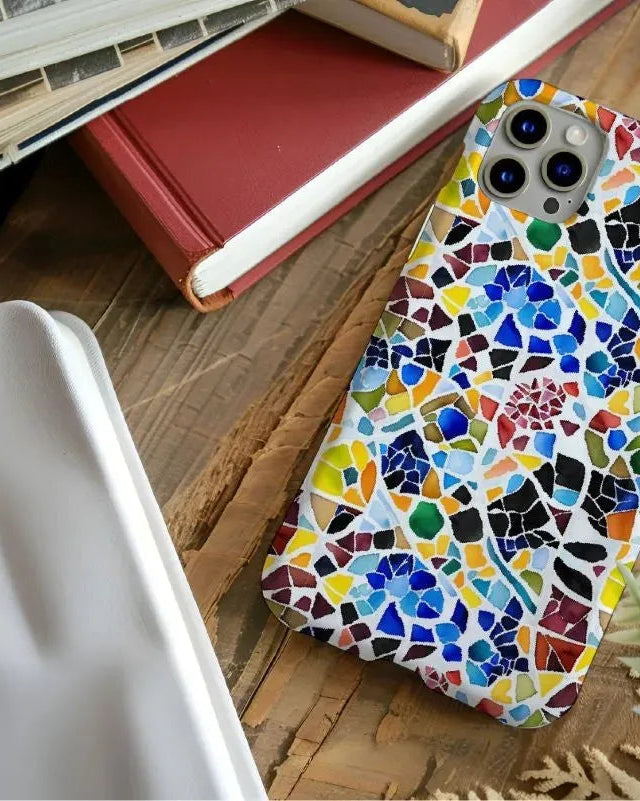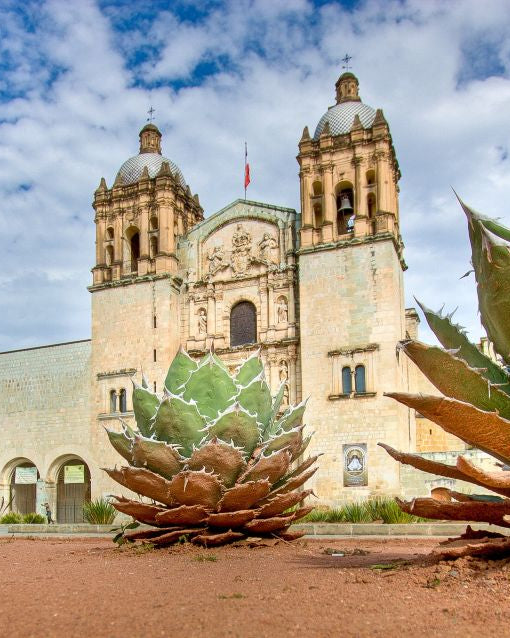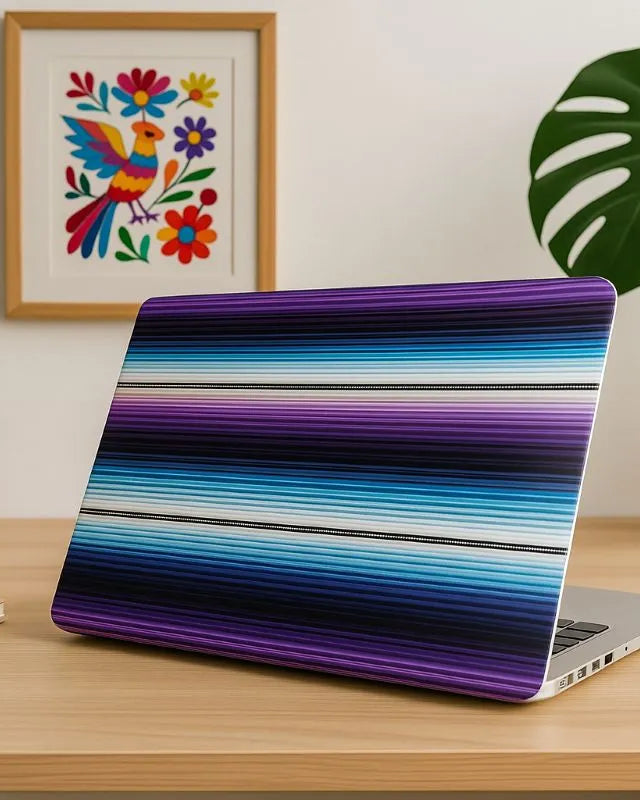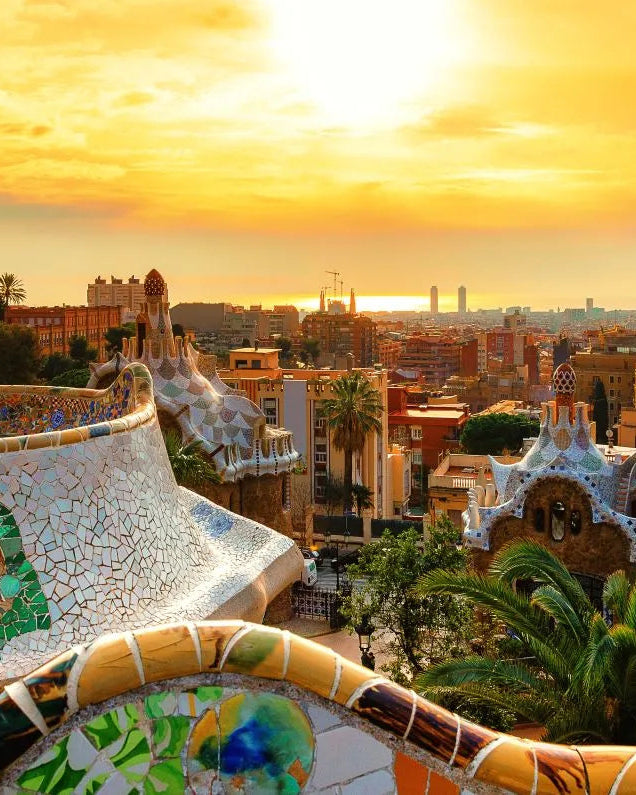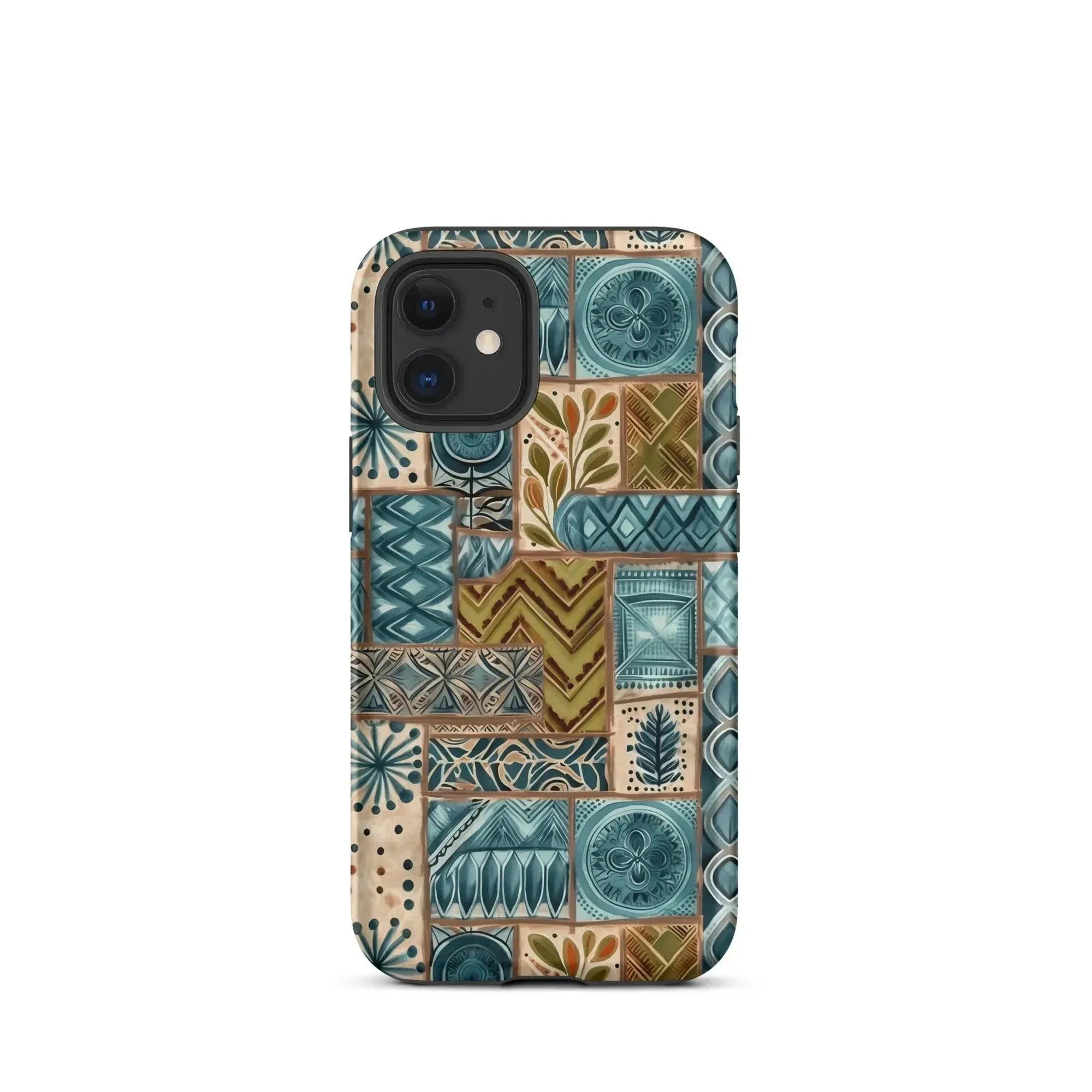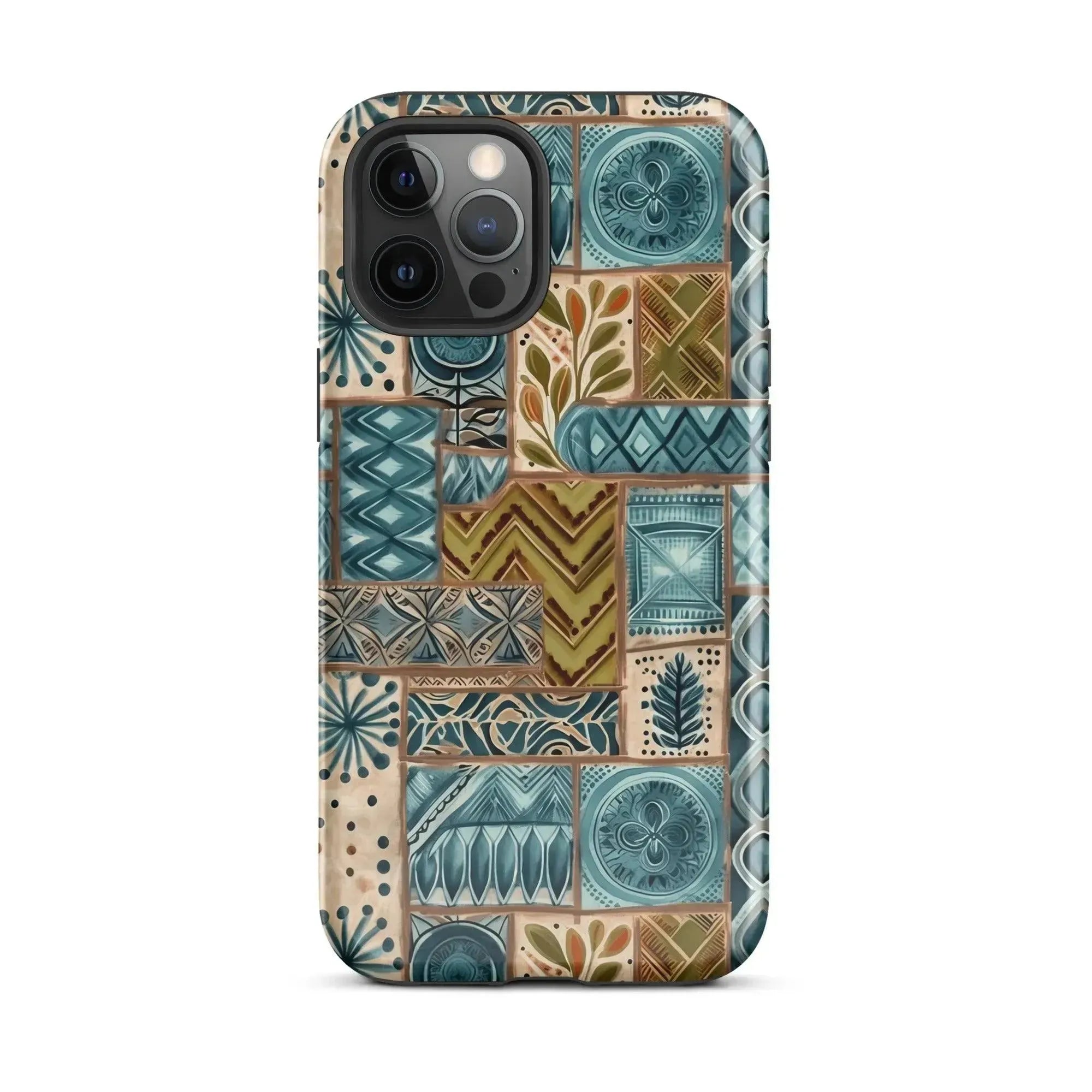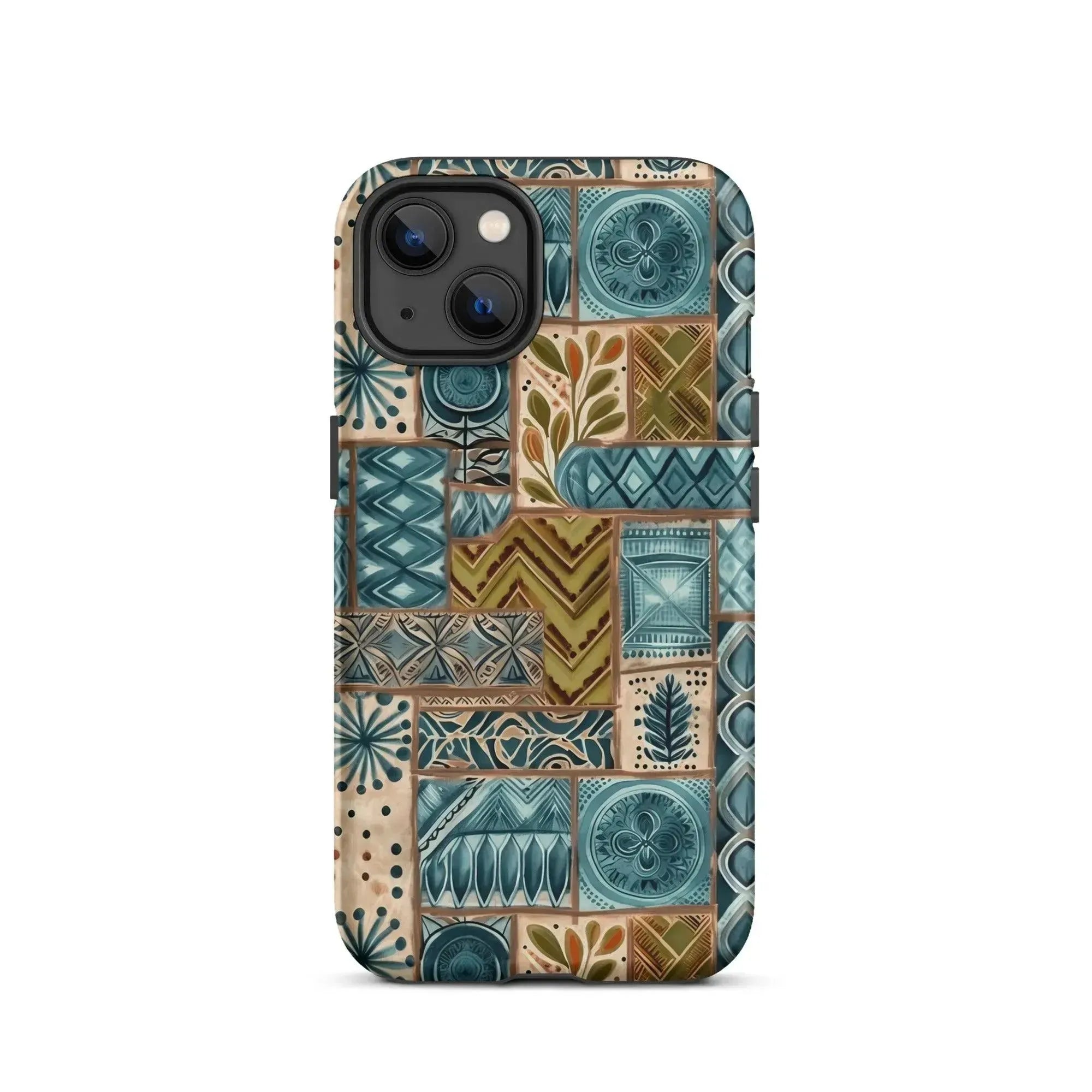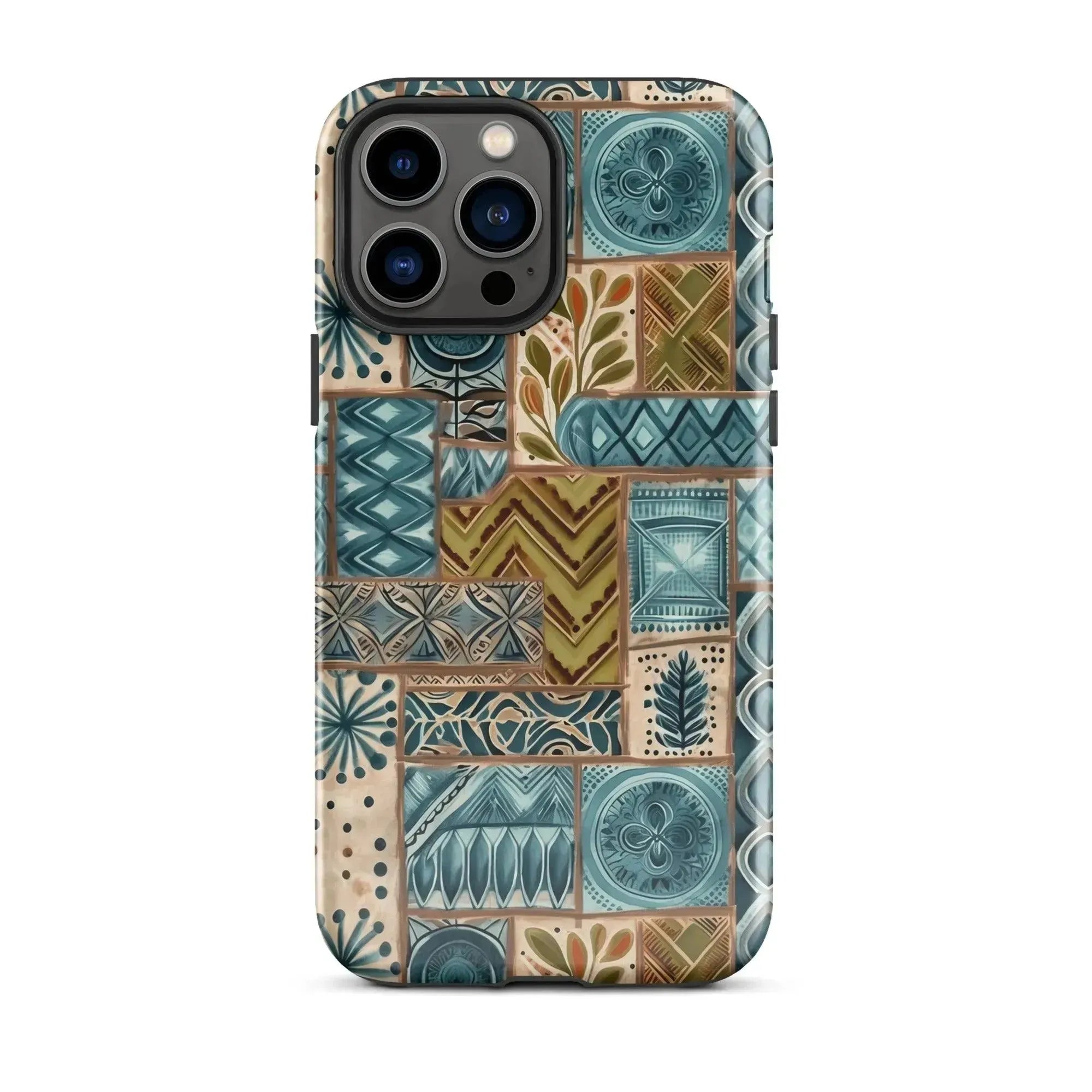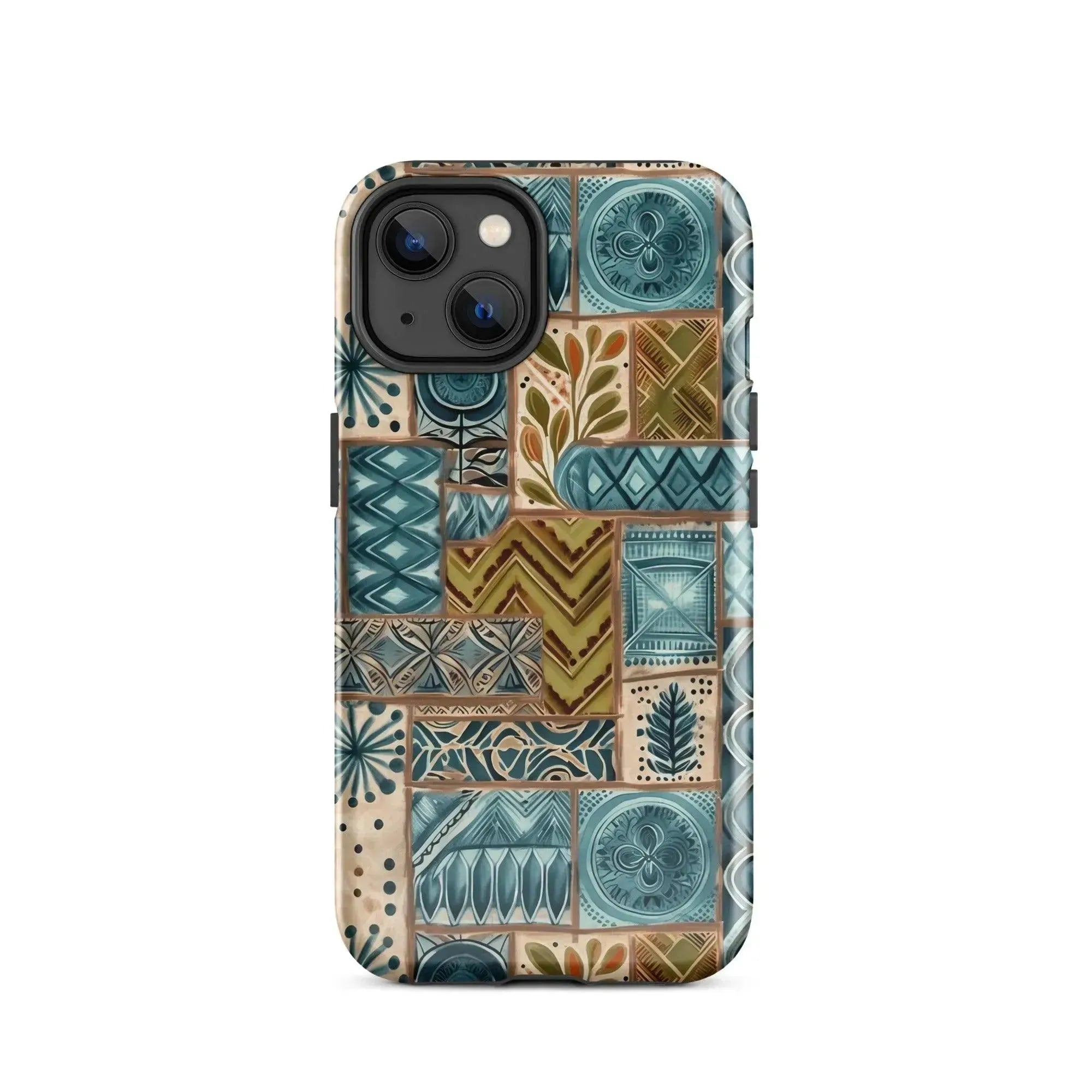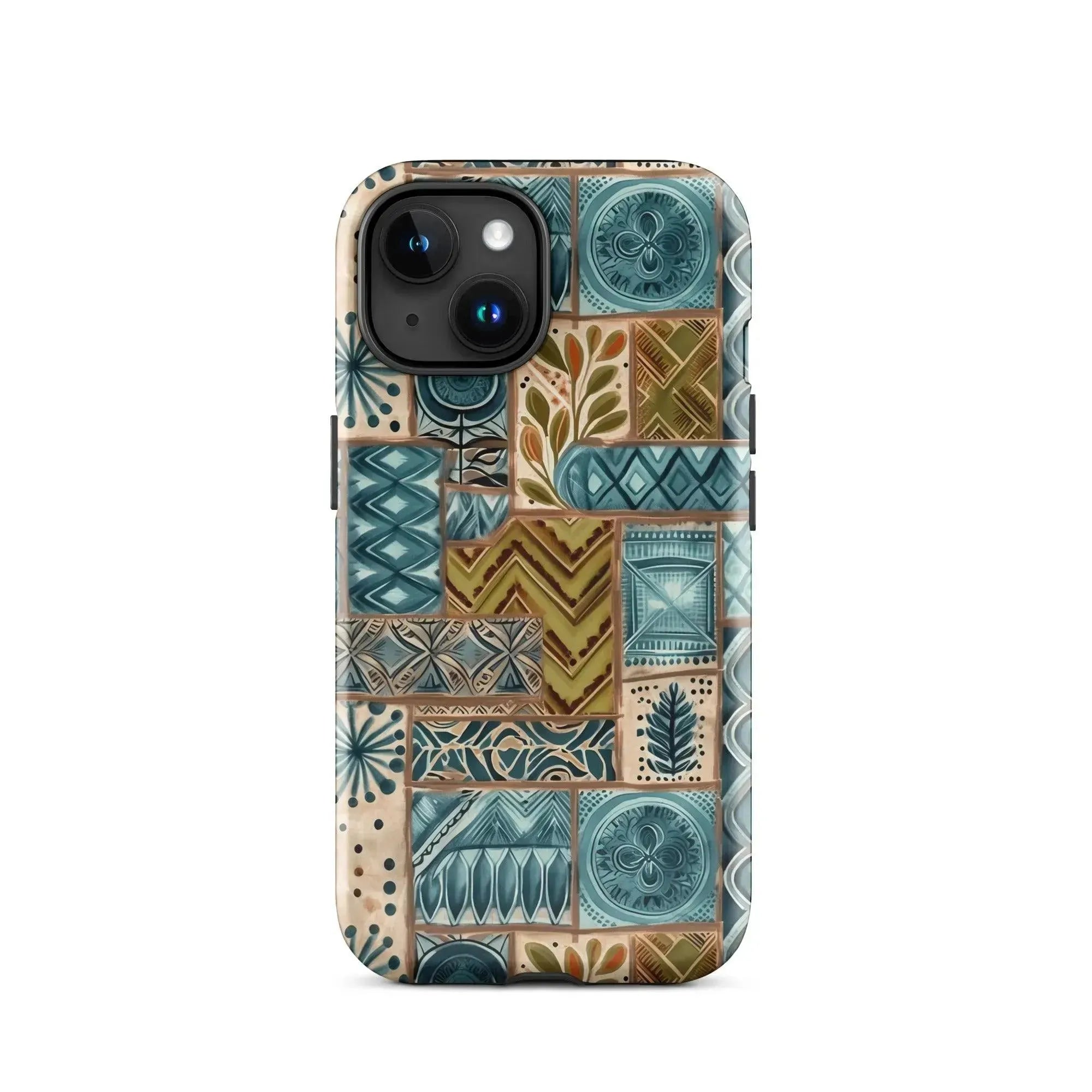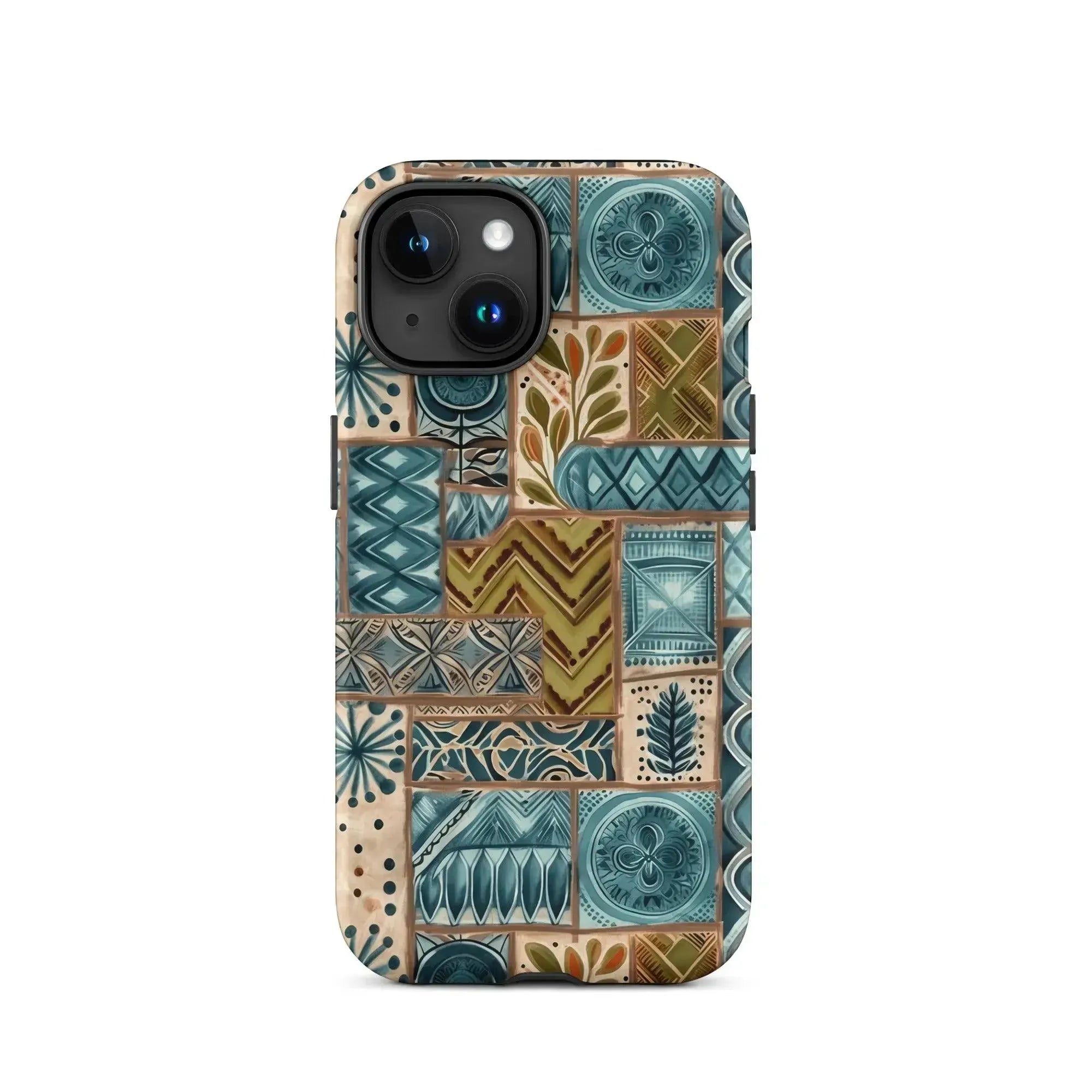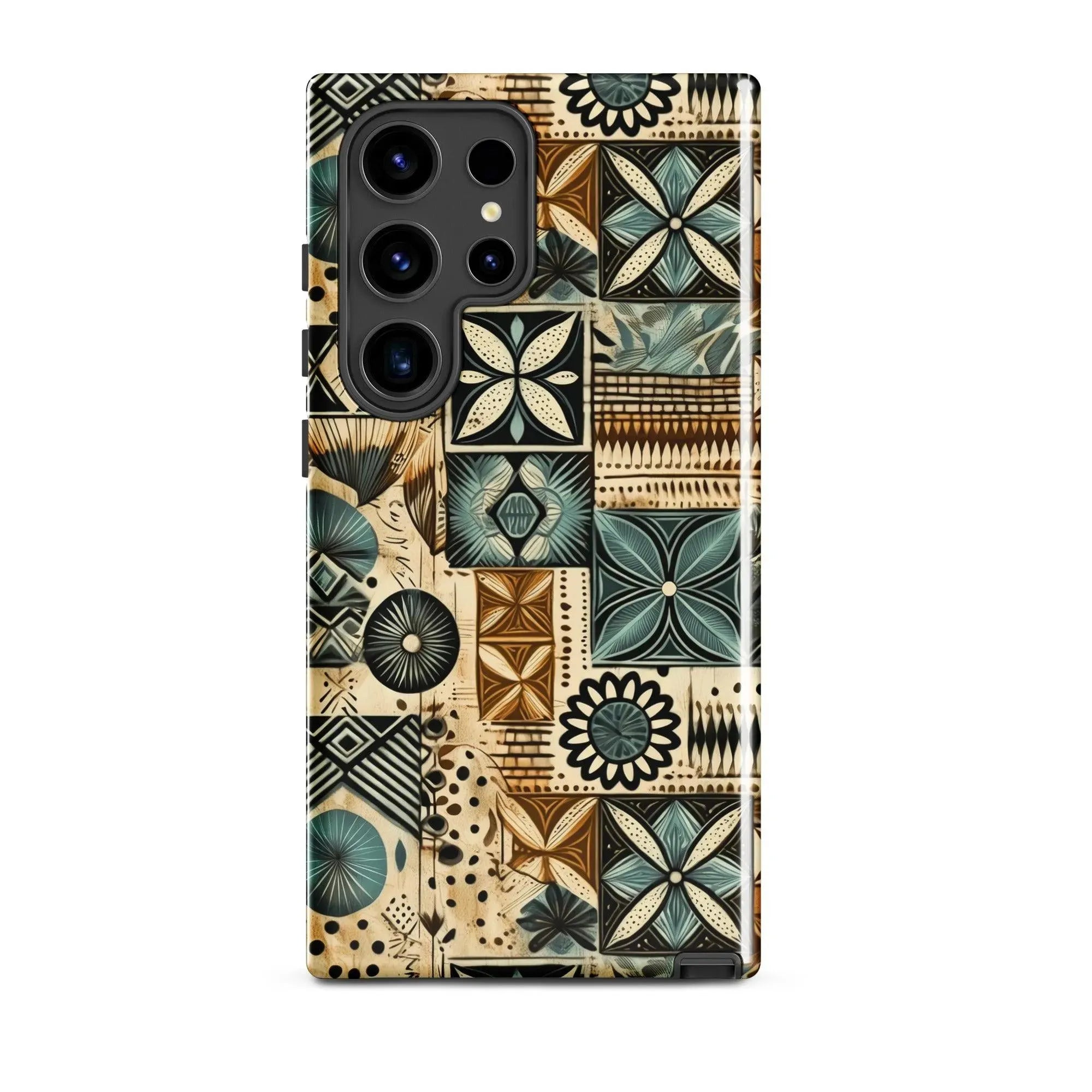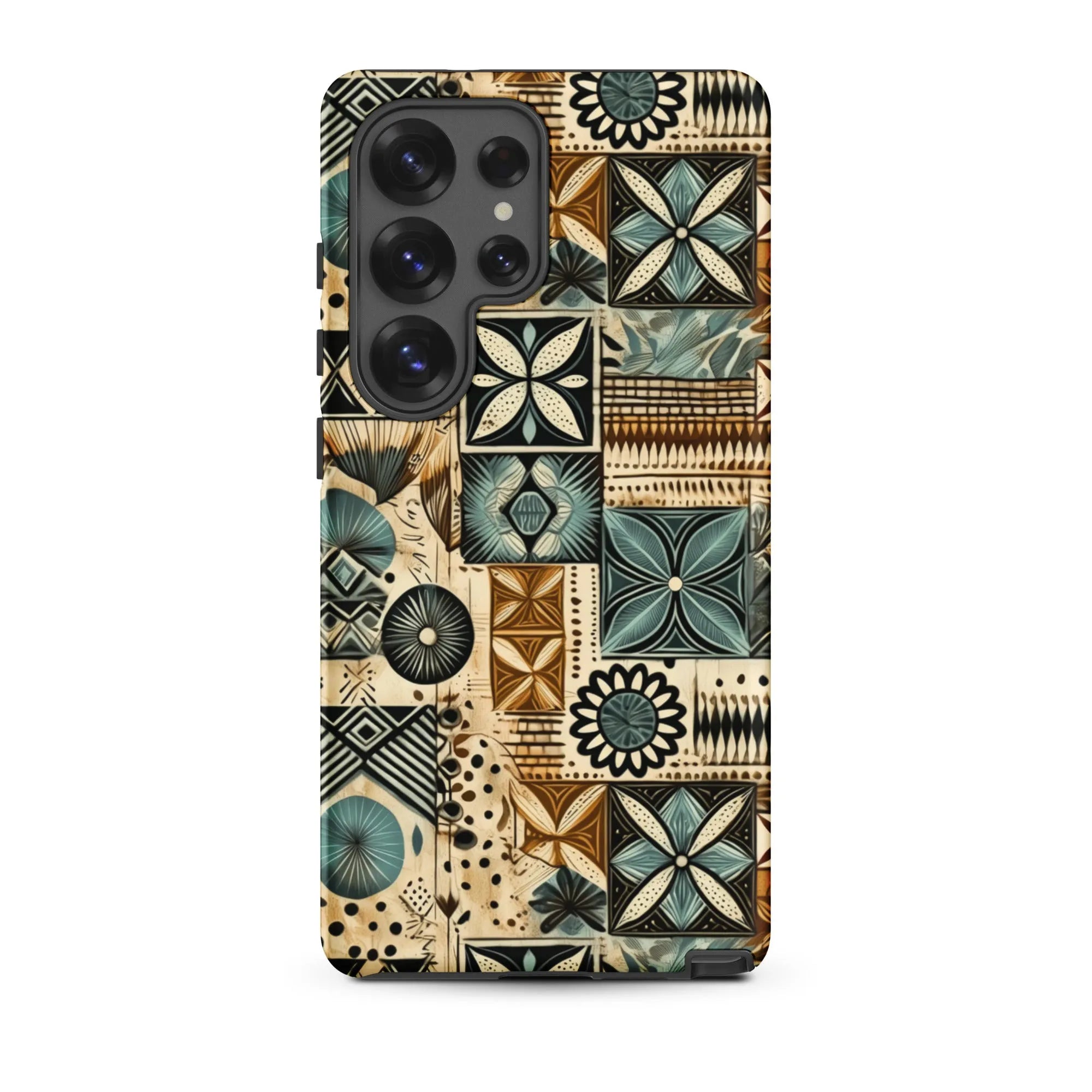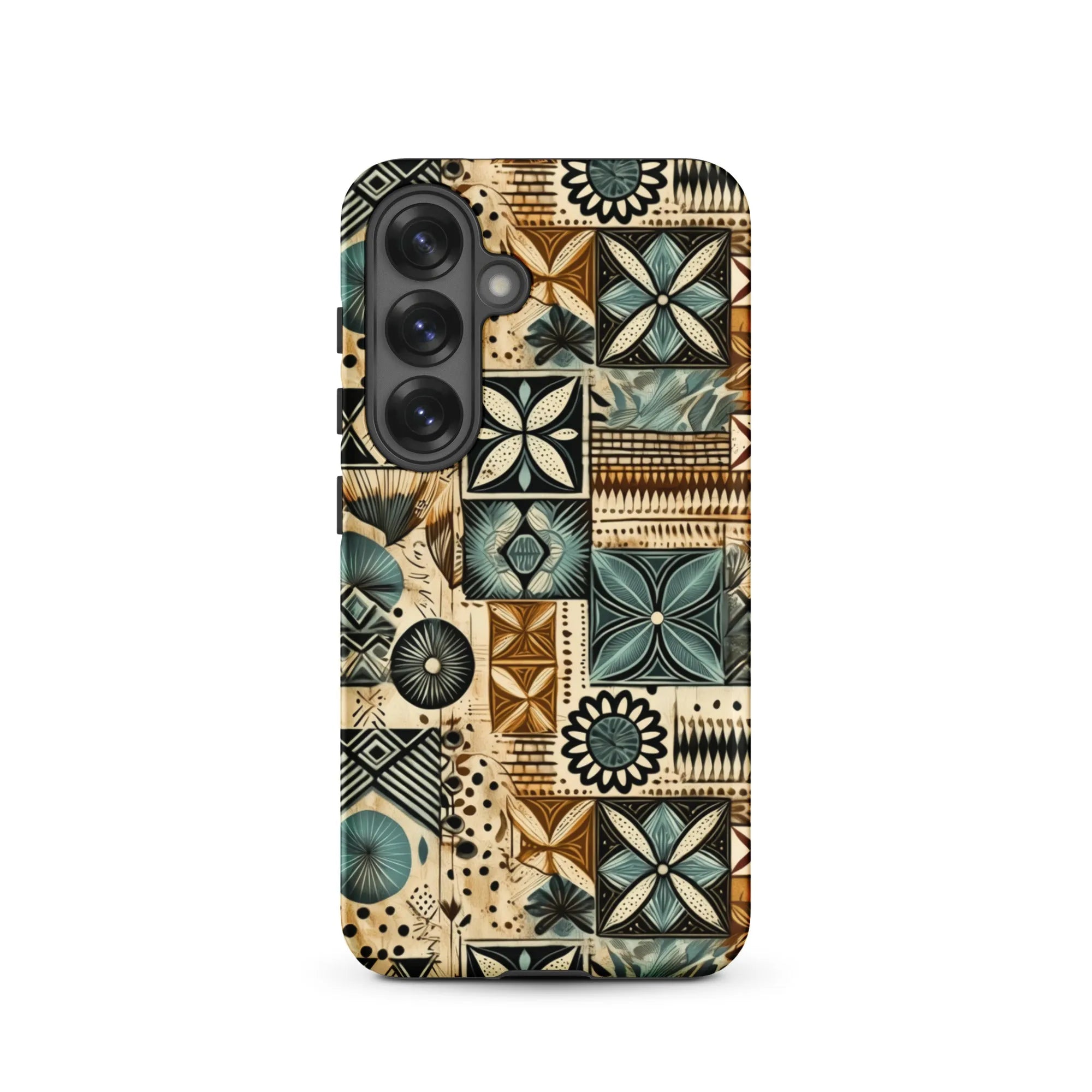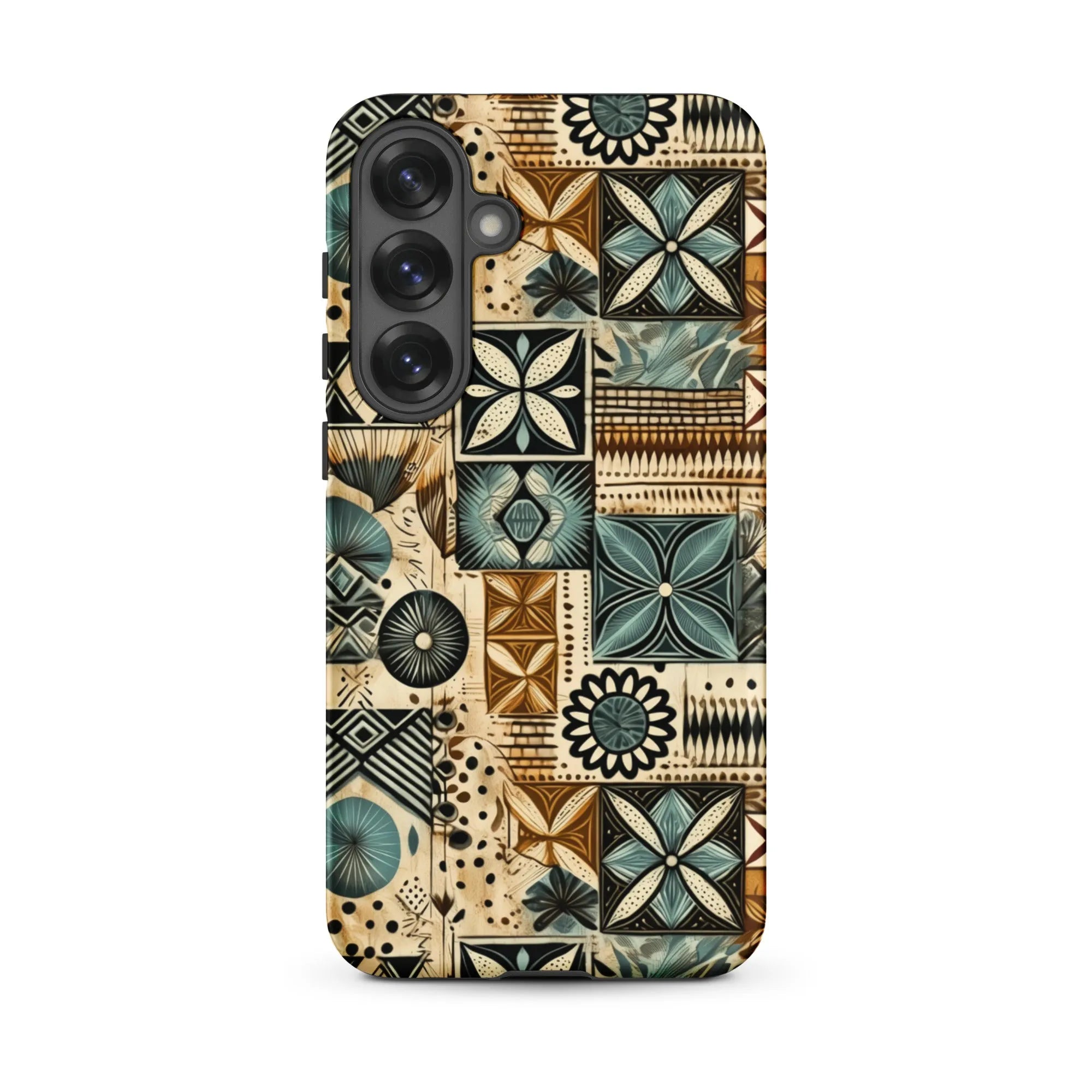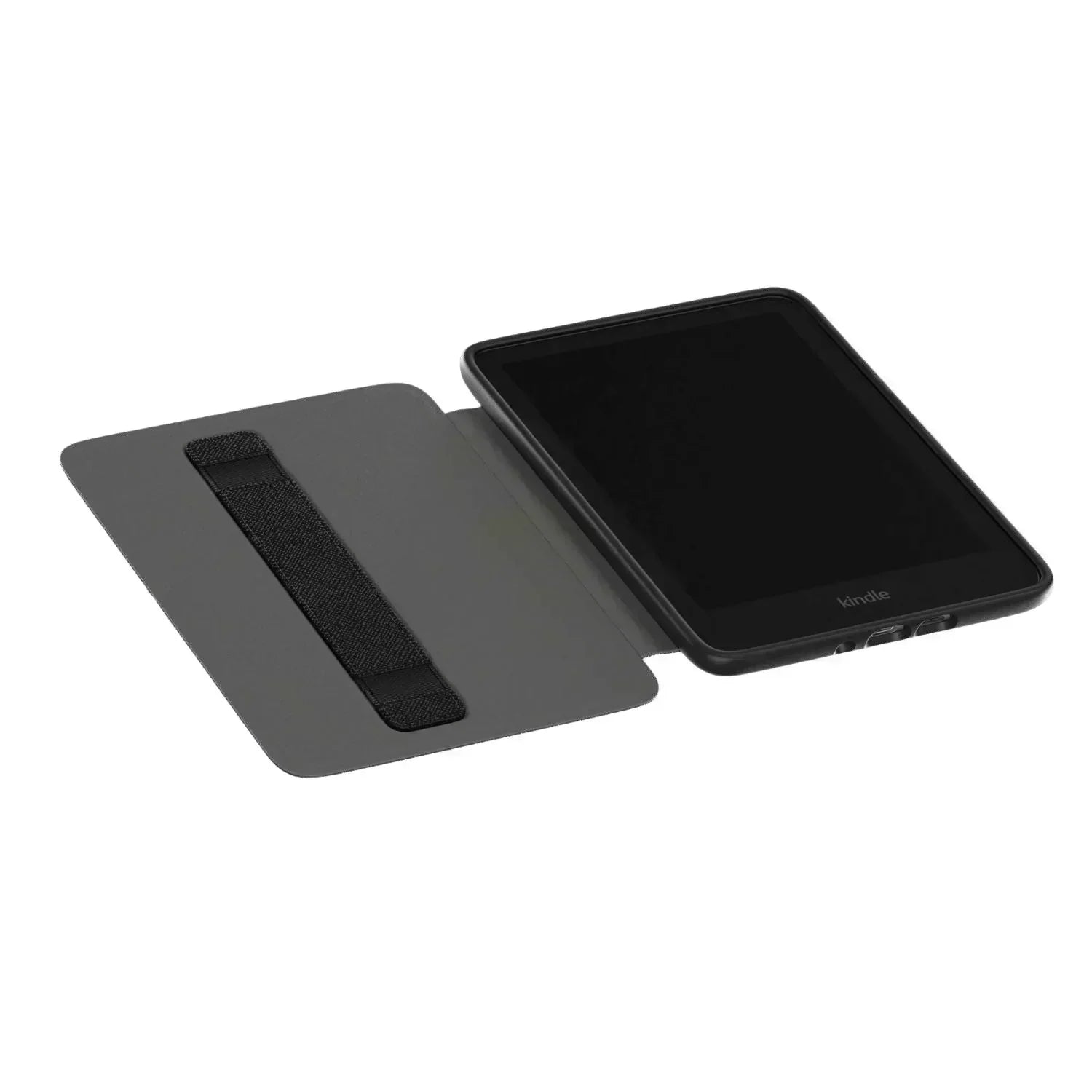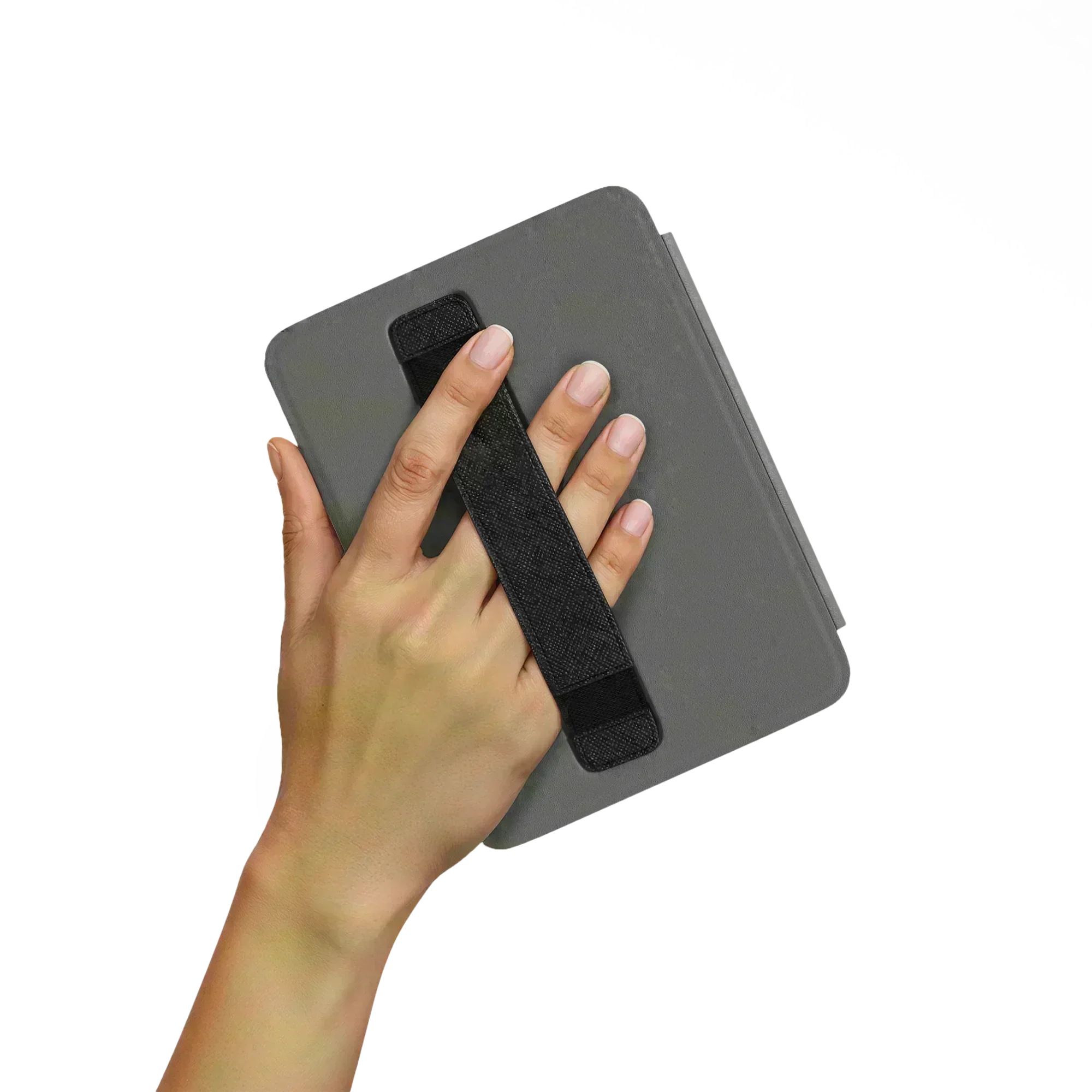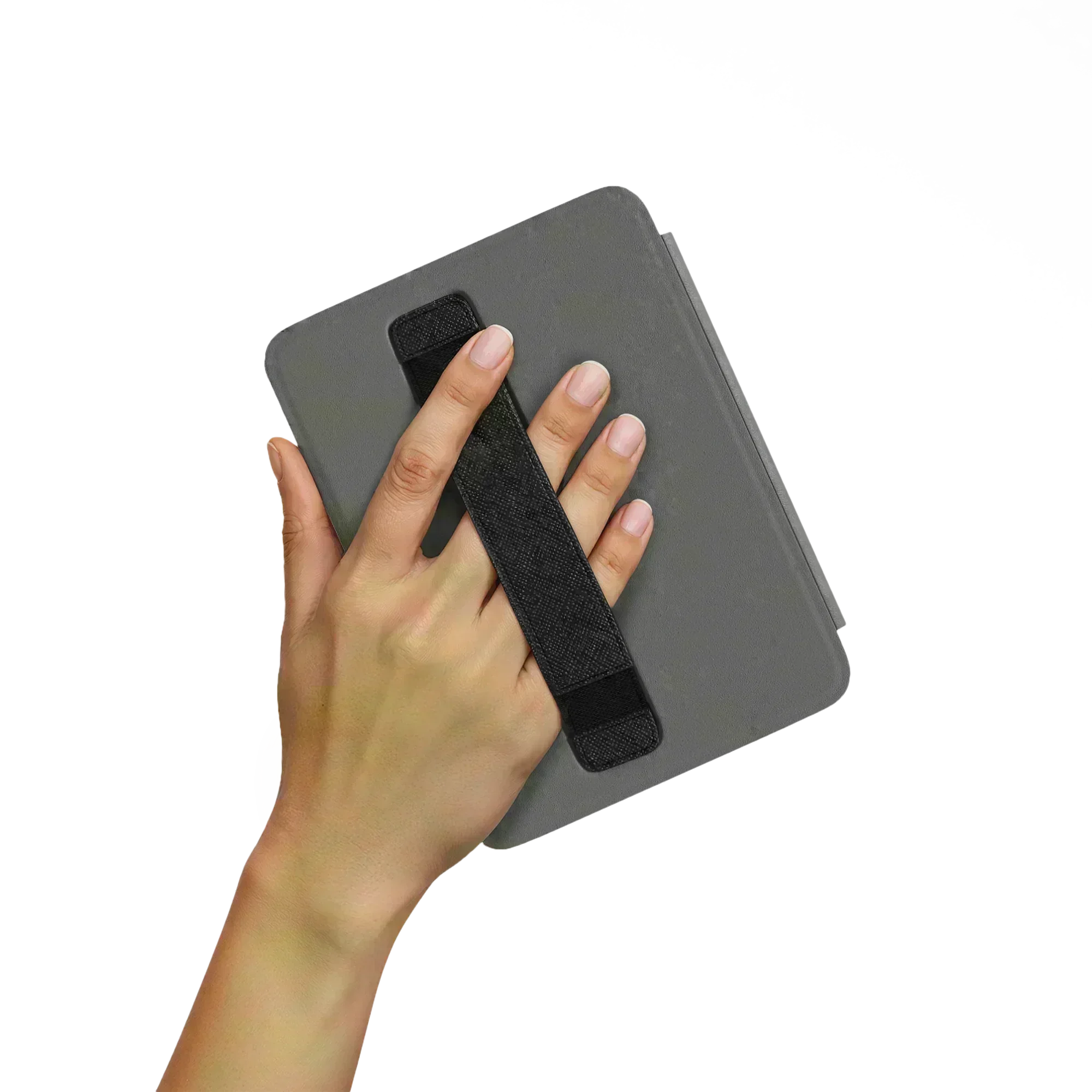Tapa cloth, also known as barkcloth, is one of those unique and fascinating textiles that comes straight out of the Pacific Islands. With its deep-rooted history, intricate making process, and wide range of uses, tapa cloth is a true cultural gem. Let’s dive into what makes this fabric so special, how it's made, its cultural significance, and how it's being used today.

Where It All Began
Tapa cloth has been around for thousands of years, with its origins in places like Tonga, Samoa, Fiji, and Hawaii. The name "tapa" comes from Polynesian languages, showing just how widespread and important this fabric is across the Pacific. It played a huge role in the social and cultural life of these island communities, being used in ceremonies and as a status symbol.

The Art of Making Tapa Cloth
Creating tapa cloth is a real labor of love and skill. It all starts with the inner bark of trees like the paper mulberry, breadfruit, or fig trees.

Here’s a quick look at the process:
- Harvesting the Bark: Young trees are chosen, and the outer bark is carefully removed to get to the inner bark, which is peeled off in strips.
- Soaking and Beating: These bark strips are soaked in water to soften them. Then, they’re beaten with wooden mallets on anvils to interlace the fibers and expand them into thin sheets.

- Joining and Felting: Smaller sheets are combined by overlapping their edges and beating them until they fuse together into a larger piece
- Drying and Bleaching: The sheets are dried in the sun and sometimes bleached to achieve a lighter color.

- Decorating: Finally, the dried tapa is decorated with natural dyes. Traditional designs include geometric patterns, symbols, and images of local plants and animals, applied through painting, stamping, or stenciling.

Why Tapa Cloth Matters
Tapa cloth is much more than just a piece of fabric. It's a symbol of identity and heritage in Pacific Island cultures. Each piece of tapa tells a story about the community, the artist, and the natural environment.

It’s used in important life events like weddings and funerals and given as gifts to honor guests or mark special occasions. The designs can even indicate social status or clan affiliations.
Traditional Uses
Historically, tapa cloth has been incredibly versatile:
- Clothing: It was used to make skirts, loincloths, and cloaks.
- Bedding and Furnishings: It served as bedding material, wall hangings, and room dividers.
- Ceremonial Wear: Specially designed tapa cloths were worn during ceremonies and rituals.
- Gifts: It played a big part in traditional gift-giving practices.
Tapa Cloth Today
Tapa cloth isn’t just stuck in the past—it’s finding new life in modern times. Here are some of the ways it’s being used today:
- Fashion: Designers are incorporating tapa cloth into modern clothing and accessories, mixing traditional patterns with contemporary styles.
- Art: Artists use tapa cloth as a canvas to explore themes of identity, culture, and the environment.
- Home Décor: Tapa-inspired designs are popular in home décor, appearing in cushions, wall art, and upholstery.
- Cultural Preservation: There are ongoing efforts to keep the traditional methods of tapa making alive, ensuring this ancient craft continues for future generations.

Wrapping It Up
Tapa cloth is a beautiful testament to the rich cultural heritage and craftsmanship of the Pacific Islands. Its detailed creation process, deep cultural roots, and versatile applications make it a timeless and treasured art form. Whether as traditional garments, stunning artworks, or trendy fashion pieces, tapa cloth connects the past with the present in a truly special way. It’s a wonderful example of how cultural traditions can evolve and stay relevant, bridging old and new, and keeping the spirit of the Pacific Islands alive and vibrant.

